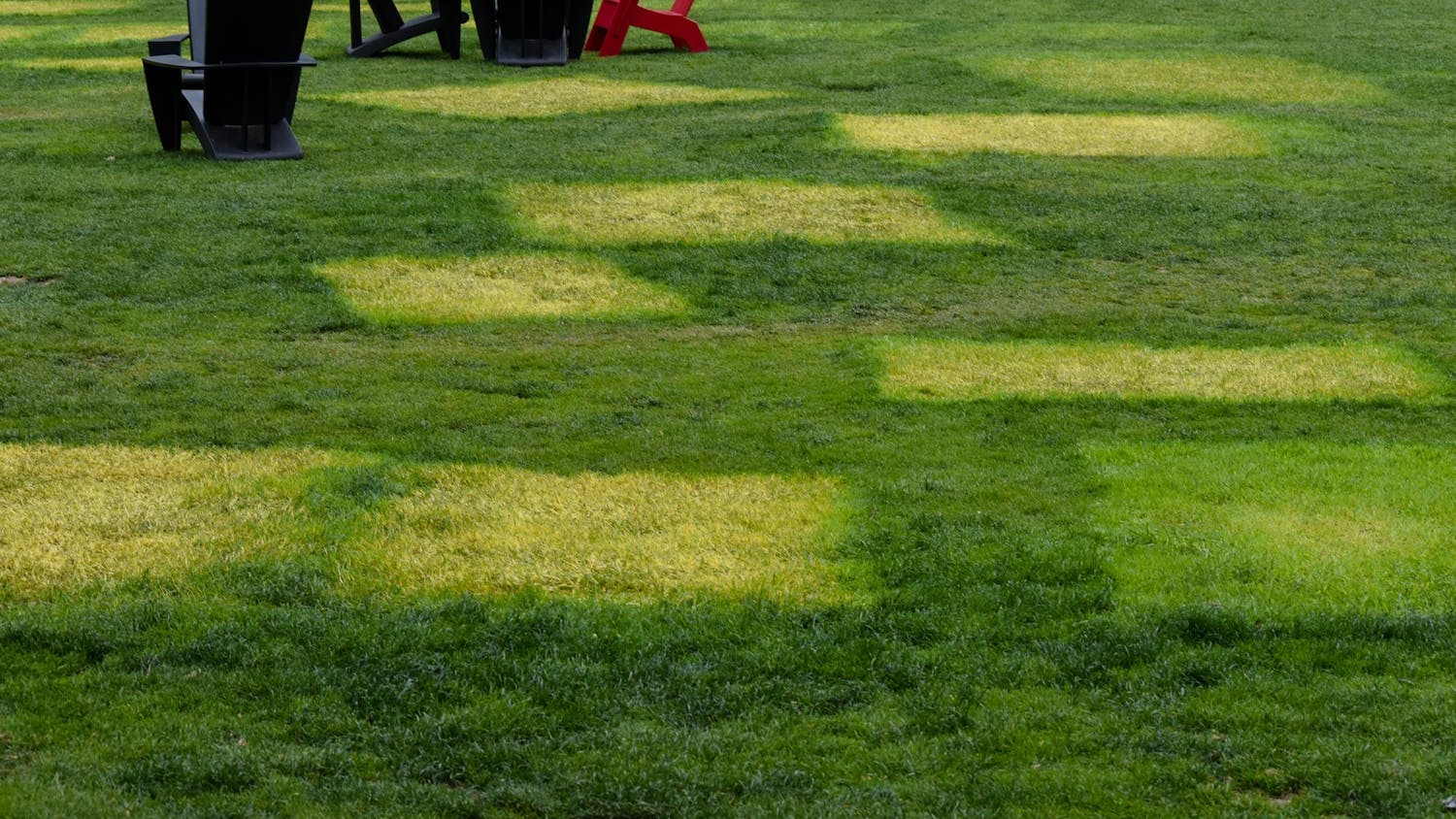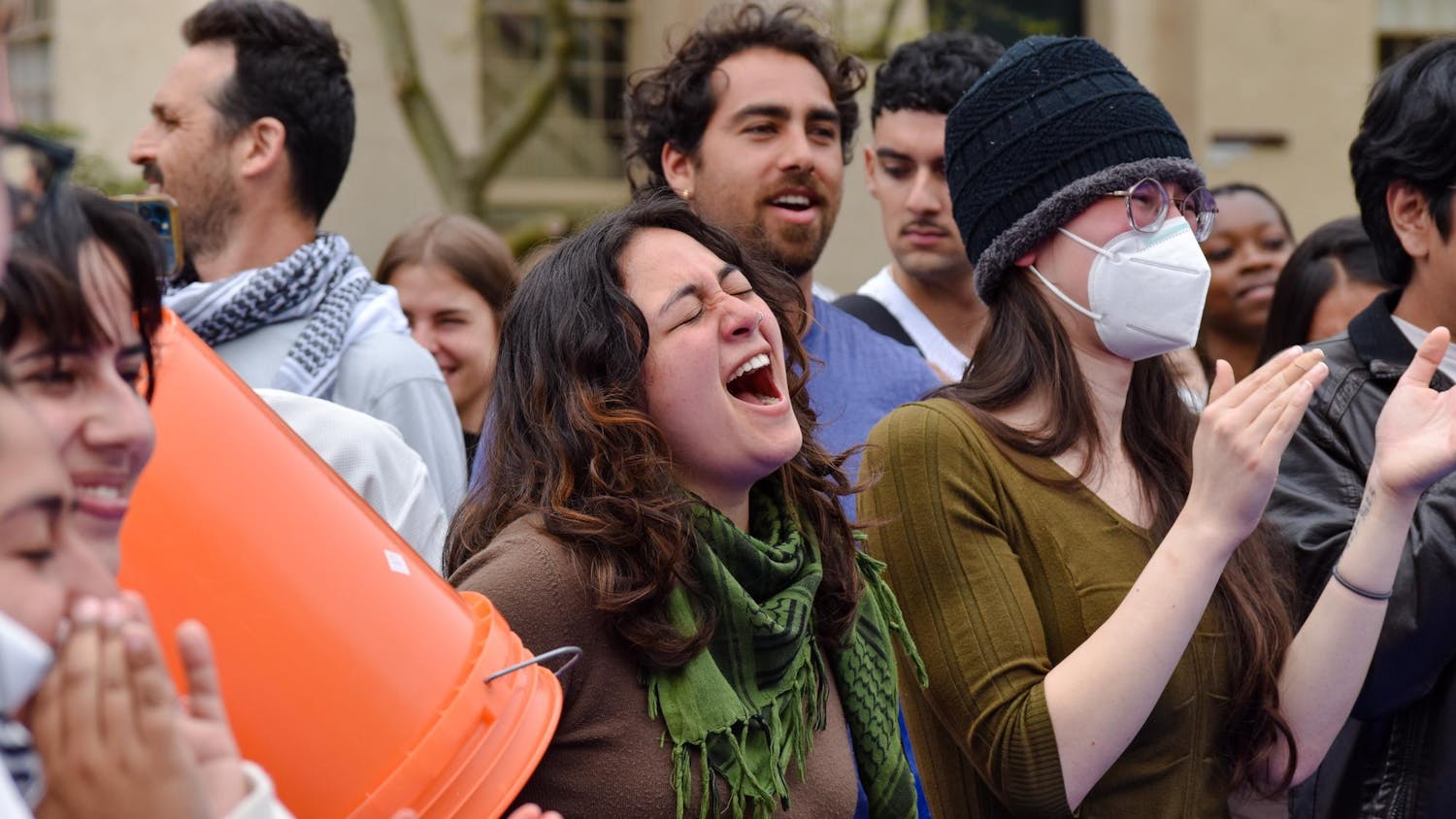A staple of living rooms and libraries alike, fluorescent lamps continue to replace traditional incandescent bulbs. But what many consumers do not know is that these energy-efficient lamps contain mercury. If bulbs break, the mercury poses a risk to the brain development of fetuses, newborns and children.
That's where Banyan Environmental Inc. will come in, said Love Sarin '05 PhD'10. The company is developing clean-up kits and recycling sleeves for proper fluorescent lamp disposal.
Sarin's team is one of four teams working with Brown that received funding in February from the Rhode Island Science and Technology Advisory Council. STAC is funding projects that are "poised and ready … to take knowledge and turn it into something that is commercially relevant," said Christine Smith, executive director and innovation program manager for STAC. The council receives $1.5 million annually from the state to support collaborative research.
Collaboration is the key to commercially relevant research, Smith said. Working together, people can accomplish more than they can individually, she said, and often this multi-disciplinary approach is required to solve complex problems.
The purpose of these grants is to make Rhode Island researchers more competitive for funding from the federal government, private foundations and venture capitalists. Since the council's formation in 2007, researchers have brought $9.6 million back into the state in the form of grants.
In this round of awards, Professor of Medical Science Kim Boekelheide, who works with the firm CytoSolve, received $199,997 to study diabetic ulcers. Assistant Professor of Engineering Christian Franck, Associate Professor of Engineering Janet Blume and Professor of Orthopedics Joseph Crisco received $194,809 to research traumatic brain injury and develop diagnostics with Simulia software company. And Assistant Professor of Computer Science Rodrigo Fonseca, working with Tracelytics Inc., was awarded $147,893 to develop tools to measure web applications.
Mercury-absorbent technology has huge economic potential, Sarin said, helping him land $200,000 from STAC.
"Because this is such a major issue in the U.S. and internationally, if this company establishes its roots in Rhode Island … (it) will create many jobs," Sarin said. "The investment it will bring from federal agencies and private investors — all of that — will help Rhode Island's economy."
As a graduate student, Sarin worked with Professor of Engineering Robert Hurt to develop an absorbent that cleans up mercury. Sarin knew that selenium, an essential element involved in immune function, detoxifies mercury in the body. They wondered if selenium could perform this function outside of the body in the environment. After many trials, they found a special form of selenium that has a great capacity to absorb mercury.
Though mercury emissions have dramatic environmental and health effects, no strict regulations currently exist to limit emissions, Sarin said. The EPA estimates more than 300,000 newborns are at risk of impaired neural development due to mercury exposure. Mercury is also linked to cardiovascular and reproductive problems.
Rhode Island has few power plants emitting mercury, but the element travels in the air so everyone is affected, Sarin said. "Mercury is not fair in its philosophy of who it impacts," he said. Currently, the EPA is working on creating regulations for mercury emissions, which will force power plants to adopt a technology to deal with their waste.
Franck is collaborating with Crisco, Blume and Simulia to create a diagnostic tool for traumatic brain injuries resulting from car crashes, explosions or athletics.
Crisco collects force impact data from sensors in the helmets of NCAA football players. With this data, Bloom and Simulia simulate how different forces affect the brain. From there, Franck's lab extrapolates how individual cells will be impacted by the force. Brain injury starts at the single cell level, but there are currently no medical tools to detect initial damage, Franck said.
The diagnostic tool the team hopes to develop would simulate collisions, calculate the forces acting on the brain, determine the likelihood of injury and recommend treatments. Athletic trainers, medical examiners and doctors would be able to use this tool. Down the road, Franck said he hopes the brain models will result in improved helmet designs.
These basic research projects have exciting, immediate, beneficial applications, Sarin said. "Banyan is a great opportunity for Brown to do awesome research and have a major, positive impact on the environment and health of people," he said.




